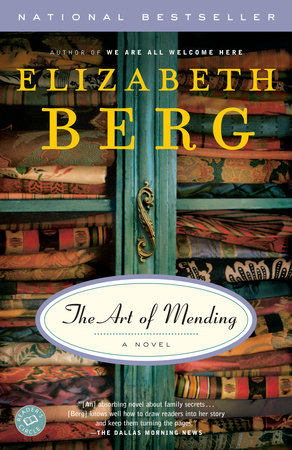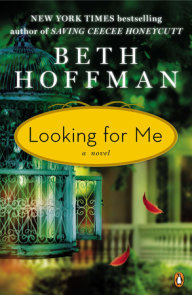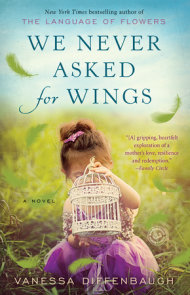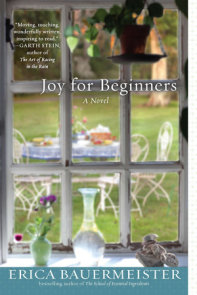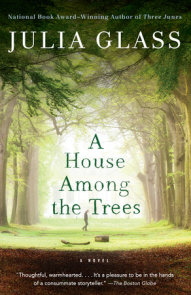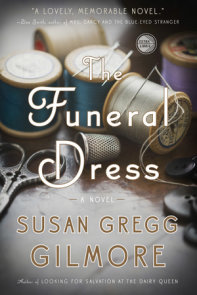READERS GUIDE
Questions and Topics for Discussion
1. What do you think of the author’s choice to tell the story from Laura’s perspective? How does that affect the story’s structure and focus?
2. Is this Caroline ’s story or Laura’s story? Explain.
3. None of the characters in The Art of Mending are fully likable, and the story of Caroline ’s abuse leaves both the family and the reader divided. Who did you identify with most closely? Who did you believe? Who did you distrust?
4. The Art of Mending is a story that is shot through with longing and memory. How does the structure of the novel—a present-tense story intermittently broken up by Laura’s memories of the past—serve to advance the narrative?
5. Caroline most closely resembles her mother in physical appearance, but in some ways Laura is the most like her emotionally. How does the sisters’ relationship to each other mirror that of Caroline and her mother?
6. Laura’s personal journey drives this story forward. She can be both smaller and meaner than the average heroine, and yet she slowly grows as the story unfolds. How does the reader’s awareness of Laura’s foibles change the reader’s perception of and feelings about her?
7. Beyond the title of the book, how is Laura’s profession—quiltmaking—significant or symbolic?
8. Each sibling’s perception of their childhood is a little different. How does each one’s personality play into what he or she remembers about the past?
9. Throughout this story, Laura struggles with believing and disbelieving her sister and their mother. As a reader, did you find yourself going through the same struggle?
10. Why do you think Laura’s father decided not to tell Laura what happened?
11. Laura’s husband, Pete, changes her perspective on his parents, whom she has idolized as particularly loving and kind parents, by telling her the story of how his father would spank him and swear at him. Later, Laura wonders what part of her parents’ marriage she couldn’t see or understand: “I stood in my parents’ bedroom,thinking about what their life together was really like. I recalled various things we kids witnessed—the kisses hello and goodbye, the stereotypical sharing of household tasks—and I wondered about what we didn’t see.” How are our experiences shaped by our individual perception? Can “truth” ever really be discerned from memories that we know are not 100 percent foolproof?
12. Some researchers talk about families as social organisms that have a life outside of the individual’s experience. Do you think families have collective memories, or are a family’s memories just individual perceptions held together by emotional bonds? Explain.
13. Laura tells the reader that her sister’s decision to invite their mother to have a brownie and go shopping means that Caroline wants to start over. Did you read it that way? Did Caroline ’s shift from anger to forgiveness feel authentic to you?
14. How do the generational differences between Laura and her mother play out? How do you think the lack of choices women of a certain generation had in their personal lives have affected this family?
15. Caroline is a difficult person for her family to relate to and like. Late in The Art of Mending, Aunt Fran says to Laura, “And the other part, I must tell you, was Caroline herself. She was a difficult child. Surely you remember that! She remains difficult today; that woman cannot settle down inside herself. I love her, truly, but she is a tortured soul. It is not easy to be around her—not then, not now. You’ve had good luck with your children, Laura. I don’t know if you’ve ever thought about what it would be like to have a child like Caroline.” Do you agree with Aunt Fran that Caroline was born difficult, or do you think she was transformed into the difficult person she is by the circumstances of her relationship with her mother? As a reader, did you find yourself struggling to sympathize with Caroline? If so, how did that affect your understanding of the story?
From the Hardcover edition.









